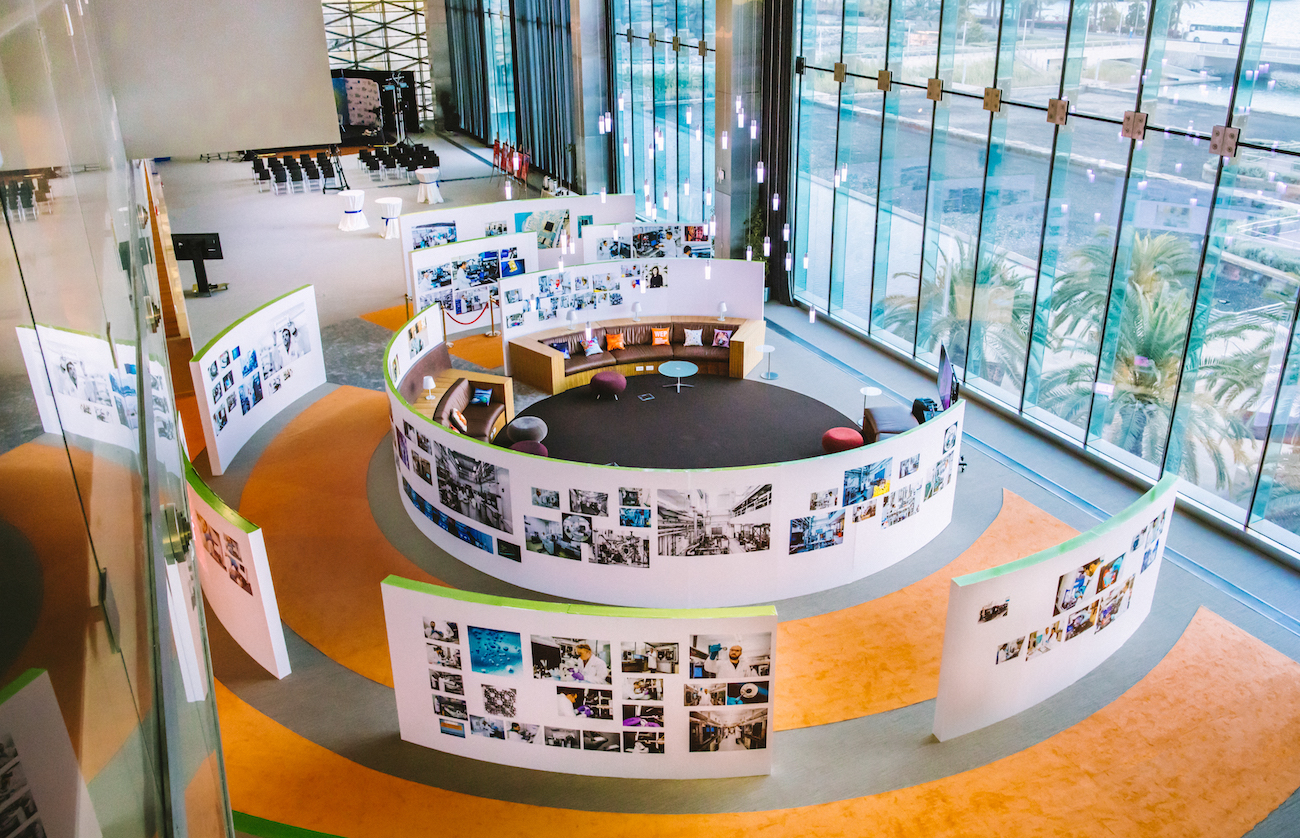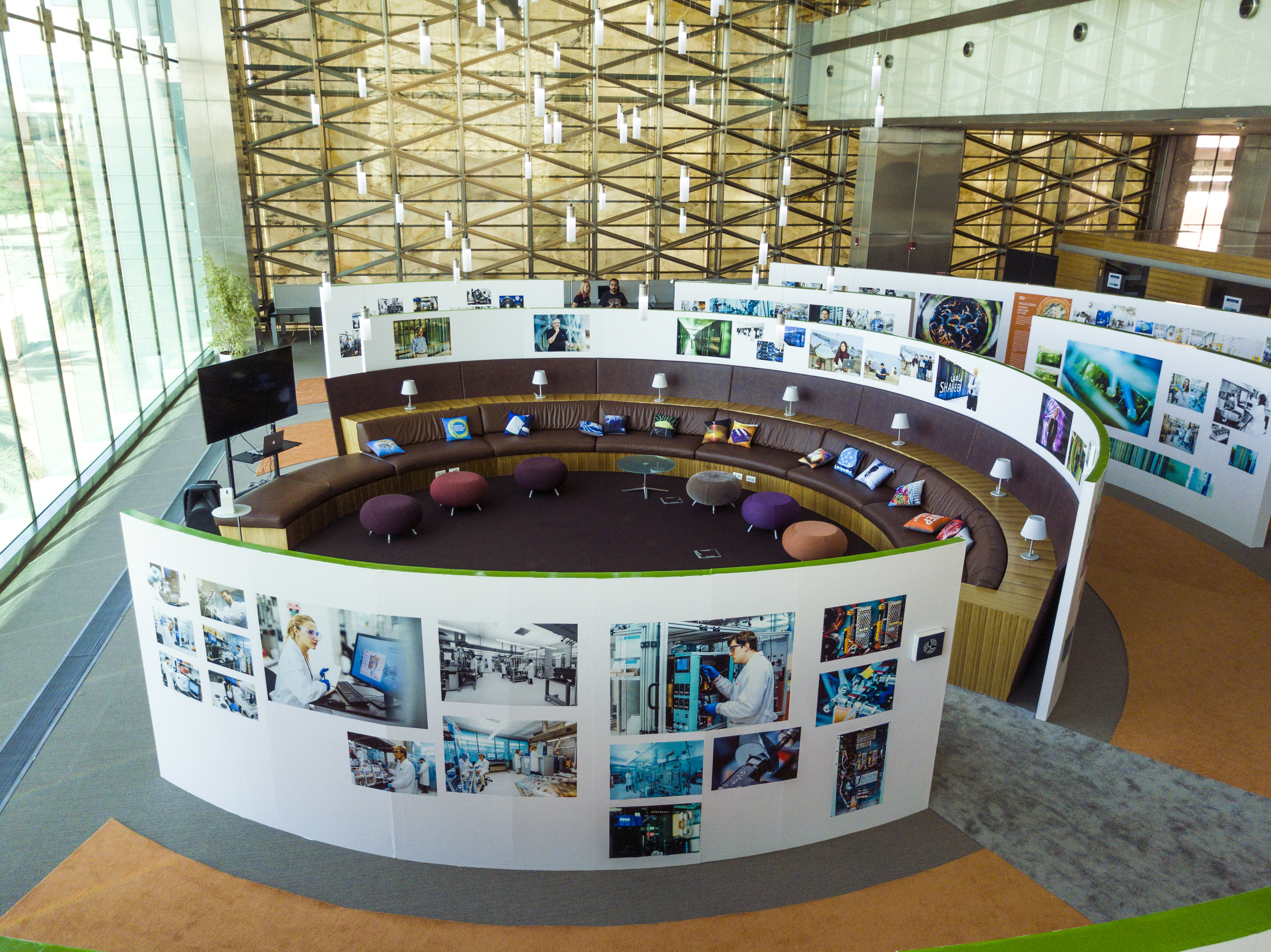The garden of science

KAUST research photographer Anastasia Khrenova designed a scientific art display to help viewers experience research at KAUST during the 2018 Winter Enrichment Program (WEP). File photo.
KAUST research photographer Anastasia Khrenova and her colleagues collaborated with the KAUST Office of Enrichment Programs to design a unique visual and spatial experience of science for visitors to the 2018 Winter Enrichment Program (WEP).
In "Visualizing the Human Machine Future," Khrenova used her camera to capture science in the making in the KAUST laboratories. The labyrinth shape of the exhibition formed a canvas for the many stories of our scientists' work.
Khrenova explained that she visualized their stories as she photographed the scientists, their instruments and their results.
"I take images that give the viewer a chance to peek inside these fascinating workplaces where groundbreaking research is done," she said.

Through showcasing both photographs and scientific illustrations, Khrenova and her colleagues aimed to communicate science in a nonverbal way. Their artistic work attests to the intensity of scientific research at the University.
The lenses Anastasia used to capture the work allowed her to go beyond normal human perception and observe research both on a micro- and macroscopic scale—from membranes to solar cells, the combustion of flames, plasma and much more. They also conveyed the passion that KAUST researchers bring to their work.

The main focus of the exhibit was on the viewer's perspective. Few people have seen the inside of all KAUST laboratories. The exhibit therefore offered a unique opportunity for researches to show their work processes and talk about what they do. Through just one exhibition, a viewer could see the main activities in all 10 research centers and get a clearer idea of the research taking place at KAUST.
Large photographs of the clean, safe and well-equipped laboratories captured the advanced level on which science is conducted at the University.
"These images offer an impression of KAUST to visitors and are very inviting for potential new researchers," Khrenova said. "Scientific photography helps to promote, showcase and share the University's mission."

The team used different types of materials—such as pillows depicting KAUST research—to make the hard science more appealing to the audience. The original circular design of the labyrinth was created by Anastasia and Hassan Jihad Al-Ayoubi especially for the exhibition.
She found inspiration for its shape in the gardens of Versailles. The colorful carpet guided people into the labyrinth along with pleasant music and interesting videos. "The main creation process happens inside the head," Khrenova explained.
"We wanted to create an enjoyable atmosphere to improve the ease of approaching science and invite the audience to learn about it. We used a unique design meant to blend in with the environment and provide an immersive experience."
The exhibit was located in the University Library from January 14 to February 10. Due to its success, the exhibition was extended and moved to the Al Kindi building (building 5), where it will be displayed for three more months.
Related stories:
- Solar desalination—from lab to plant
- Developing disposable lifesaving sensors
- KAUST hosts KFUPM student visit
-
Research cruise probes Red Sea biodiversity

